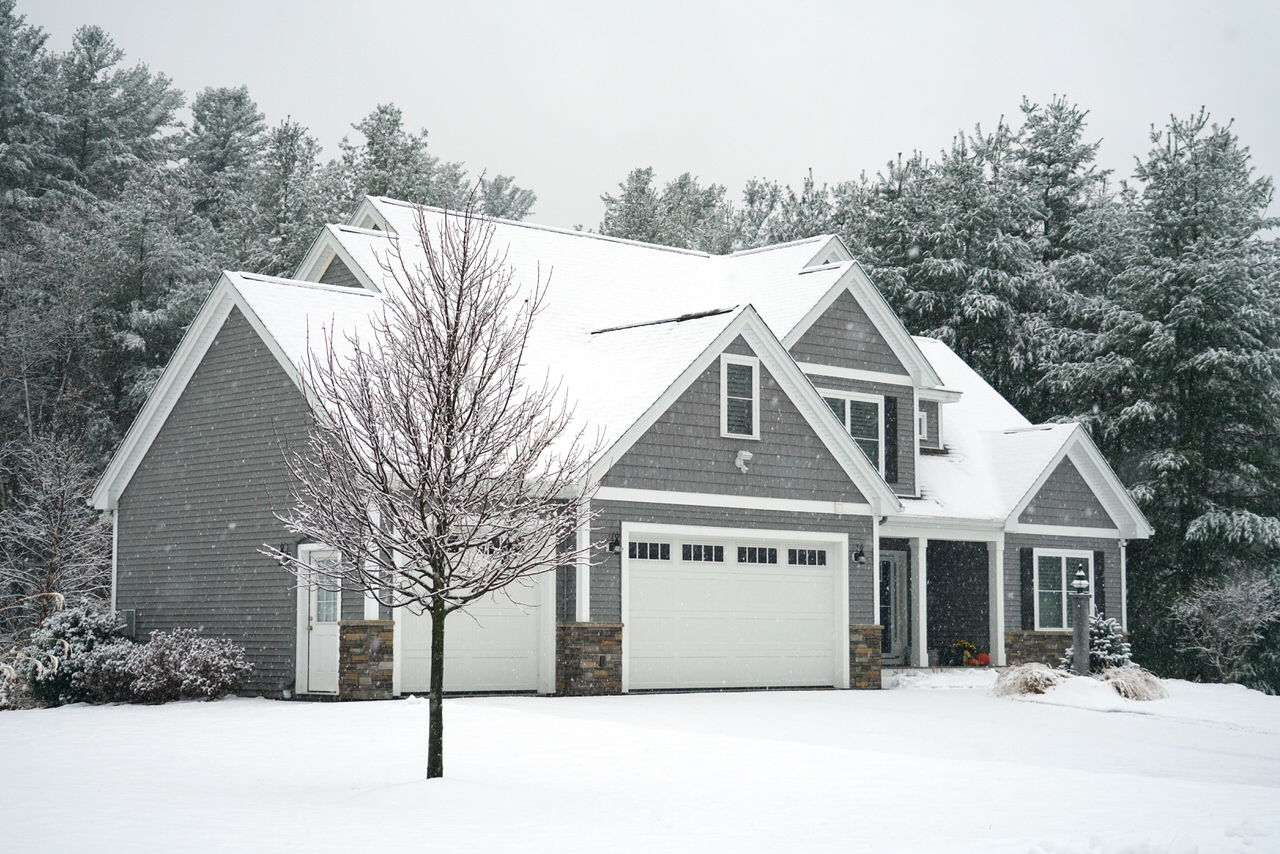In Texas, winter brings a welcome break from the heat. Cold temperatures make outdoor activities more enjoyable, but they can take a toll on your bank account. Heating your home to a comfortable temperature requires a lot of energy, especially if you don’t follow best practices.
This winter, use these tips to keep your home warm while cutting back on your energy usage.
1. Seal your doors and windows
Most of your energy costs during the winter are created by your heating system. When you have cracks or leaks around your windows and doors, your home has to generate more heat to maintain the right temperature. Even worse, you’re paying for all the warm air that escapes.
Sealing your doors and windows keeps the temperature-controlled air inside your home. It also keeps cold air from seeping inside. Weatherstripping and draft stoppers are great ways to seal your home and cut down on heating costs.
2. Maintain your heating system
Since you only use your heating system a few months of the year, servicing it can easily slip your mind. Unfortunately, that may mean finding problems when you need it most.
Before temperatures drop, schedule a maintenance appointment for your system. Along with checking for problems, the crew will clean any dust away to keep it from burning and creating a strong odor.
Along with repairing any issues you find, be sure to replace the filters in your heat pump and furnace regularly.
3. Optimize your water heater
The temperature setting on your water heater determines how much energy it uses. During the winter, cold outdoor temperatures will cool your water, making the heater work twice as hard.
Offset these additional energy costs by lowering the temperature of your hot water. A hot water heater blanket is another option. This additional insulation will help maintain the temperature more efficiently.
Depending on your water heater’s age and performance, you might consider replacing it as well. New models are more energy-efficient, helping you cut back on costs.
4. Improve your home’s insulation
Hot air can escape through door and window leaks, but that’s not the only way you lose your home’s heat. Air can escape and enter your home through your walls, attic, and roof as well. Without proper insulation, it will be a constant battle to keep your home heated.
Check to make sure your home has enough insulation. If not, it may be worth it to add some to your attic and other vulnerable areas of your home.
5. Install a smart thermostat
Most homeowners spend a lot of money to heat their homes when no one is there to enjoy it. When you are at work and your kids are at school, you can keep your home at a lower temperature. Remembering to adjust the thermostat, however, isn’t always easy.
A smart thermostat allows you to adjust your thermostat through your phone. You can turn the temperature down while you’re out and about, saving energy at home. Plus, you can easily change the temperature as needed to keep pipes from freezing or before you get home.
Smart scheduling is another great feature. Set your thermostat to heat your home during the hours when people are home and to let it cool down a bit when it’s empty. Rather than trying to remember to adjust the temperature yourself, your thermostat can do it automatically.
6. Bundle up inside
Heaters allow you to keep your home comfortably warm no matter what the temperature is outside. It’s nice to keep the thermostat up, but it’s not necessary. Given the cost of electricity, it’s also expensive.
Instead, set your thermostat a few degrees colder than you usually would. Rather than relying primarily on your heater, find other ways to keep warm. Pile on the blankets when you’re sleeping or on the couch. Wear warmer clothes. Keep a fire burning in the fireplace.
You’ll see significant savings as your run your heater less often.
7. Rely on sunlight for warmth
The sun is a great source of free heat.
During the day, keep your blinds and curtains open to let in as much sunlight as possible. Using the sun’s energy to naturally warm your home will help you save on power costs. It also offers a more sustainable way to heat your home.
At night, make sure your shades and drapes are fully closed to keep the heat from escaping through the window glass or frame.
You can also make a few changes to your landscaping to optimize natural heat. Planting trees on the south side of your home ensures that the sun will heat your home during the winter while blocking the heat during the summer.
8. Use your fireplace properly
Your fireplace can be an ideal source of heat if you use it correctly. Before lighting the first fire of the season, clean the fireplace and check for any problems. You can install glass doors and a heat-exchange system to generate the most heat as well.
The fireplace damper should be closed unless you have a fire burning. Otherwise, it will act like an open window and let the cold air in. The dampers at the bottom of the fireplace should be open while a fire is burning to maximize heating.
9. Put your holiday lights on a timer
During the holidays, seeing all the houses lit up with lights and decorations is one of the best parts of the season. Unfortunately, these jolly displays can take a toll on your electricity bill.
After decorating your home, put your holiday decorations on a timer. Your home will be lit up during the early hours of the night when most people are out to enjoy them. They will automatically shut down when it gets late to save energy costs. Plus, you won’t have to brave the cold or try to remember to turn them off yourself.
Ready to take control of your electricity costs? Find tips and advice on our blog.

